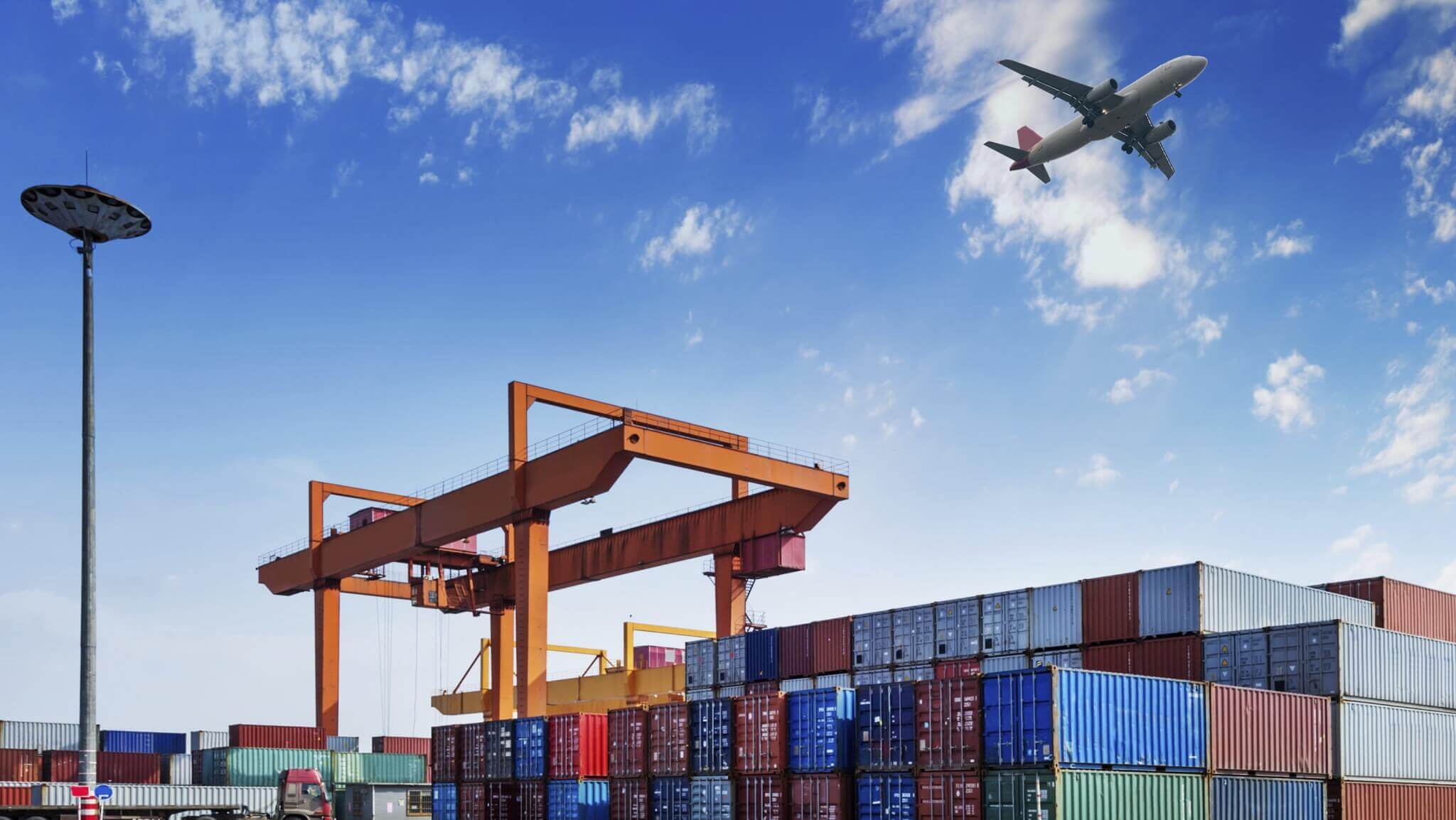Why Is Generative AI Different In Supply Chain?
For those willing to experiment and adapt, GenAI opportunities are immense.

GenAI is generating buzz across industries, and supply chain management is emerging as one of its most promising frontiers. While early experiments may have left some underwhelmed, advancements in technology are beginning to deliver on the high expectations.
This article explores why GenAI is uniquely suited to address supply chain challenges and why the future looks more exciting than ever.
From Hype to Hope
The transformative potential of GenAI in supply chain management has been the subject of bold predictions. Recent studies by various consultants estimate that GenAI could reduce costs in manufacturing and supply chains by hundreds of billions of dollars. Advocates point to a wide range of use cases, including real-time inventory analysis, vendor risk assessments, contract management, and the link between product development and industrialization.
However, initial attempts to integrate GenAI into supply chain operations have been disappointing. Experiments conducted at IMD and EPFL echoed these frustrations. In one simulation, students using GenAI tools performed no better than those using traditional approaches. These results underscored the need for better ways to interact with and fine-tune GenAI models to extract meaningful insights.
An initial starting point was the fact that many organizations remain heavily reliant on Microsoft Excel, with supply chain teams often spending up to 65% of their time wrestling with spreadsheets. However, even Microsoft’s first attempts to incorporate AI into Excel failed to make a significant impact.
Signs of a Turning Point
Despite these early struggles, there are encouraging signs that GenAI is ready to live up to its potential. New applications, like the GPT data analyst of ChatGPT are emerging that simplify data analysis, enabling users to generate insights without requiring highly sophisticated prompts. These tools are particularly effective for tasks like inventory planning and assessing procurement needs.
Another breakthrough has been the development of GenAI-powered tools designed to integrate and help with Excel. These applications make it easier and faster to create custom codes, allowing supply chain professionals to produce the analyses they need without extensive programming skills. As an example, in a global multinational with more than 1000 planners in supply chain, the most demanded training is about Excel, showing its impact on productivity. Given than more than 65% of the time of those planners is using Excel spreadsheets, if GenAI increases the productivity just by 20%, that’s an impact of 13% on their productivity, or the equivalent of 130 FTE. Now that GenAI is able to create, simplify and automate spreadsheet, its impact is going to be very significant.
These innovations suggest that GenAI is finally poised to make a real impact. Supply chain teams can now tackle problems faster and more effectively, transforming workflows that once seemed too complex to automate.
Unlocking the Black Box
One of the main challenges slowing AI adoption has been the "black box" problem. Specialized AI tools, distinct from GenAI, often use machine learning algorithms to address specific tasks. While effective, these tools can be difficult to trust because their inner workings are not always transparent.
This is where GenAI steps in. By enabling users to test and retest outputs from specialized AI tools, GenAI helps supply chain professionals build confidence in these systems. Teams can validate results through iterative analysis, gradually overcoming their hesitation about relying on AI-powered decision-making.
New Solutions for “New Challenges”
In recent years organization have been confronted with new supply chain challenges, like trade disruptions, resource shortages and geopolitical uncertainties. The traditional tools that we use in supply chain, like ERP systems, are not suitable to solve those challenges. For example, a traditional ERP is great at identifying the materials needed to make 2150 cars of a certain model per day for the next week, but it is not capable of figuring out how many cars of which models we could make with a certain amount of materials.
When challenges like this emerge, the solution is going back to use Excel to make simulations and scenario analysis. Today these new questions are well answered by GenAI. In fact, questions that we never asked (because we didn’t know how to answer them or it was too difficult to answer), can be answer by using GenAI. For example, a CFO once asked what the ROI of a new and better forecasting system would be. Supply chain executives could provide a stream of expected benefits, but calculating the ROI was simply too difficult and required multiple scenarios. Today, GenAI can help to answer those questions.

A simple way of clarifying when to use GenAI in supply chain is depicted in Figure 1. For many existing problems in supply chain there will already be an ERP that can provide standard solutions. There are also new solutions like process mining that solve existing problems of identifying processes to improve.
When we are confronted with new problems, the tool to use in supply chain is very often Excel. Today GenAI is a new solution to new problems that appear in very volatile contexts. GenAI excels at scenario analysis and problem-solving. It allows supply chain managers to model different outcomes and quickly adapt strategies based on shifting conditions. This flexibility is especially important in a world where disruptions are increasingly the norm.
Another critical benefit of GenAI is its ability to address talent shortages. Supply chain management often struggles to attract skilled professionals, and many tasks remain manual and repetitive. GenAI can automate these tedious processes, freeing up teams to focus on higher-value, strategic work.
Looking ahead, the development of AI agents capable of making autonomous decisions could further streamline operations. These agents promise to handle routine tasks independently, reducing the burden on human operators and increasing efficiency.
The Exciting Future of GenAI in Supply Chains
Supply chains are reaching an inflection point. After years of experimentation and frustration, supply chain professionals are finally seeing the results they hoped for from GenAI. Tools that once seemed like science fiction are becoming practical and accessible, offering new ways to optimize operations, reduce costs, and navigate uncertainty.
As adoption grows, so does the potential for transformative impact. Supply chain leaders who were once skeptical are starting to embrace AI-driven solutions, confident that they can deliver measurable improvements. With GenAI continuing to evolve, the possibilities for innovation seem endless.
For those willing to experiment and adapt, the opportunities are immense. GenAI is not just another tool; it’s a catalyst for rethinking what’s possible in supply chain management. The journey is only beginning, and the excitement is well-founded.
Carlos Cordon is IMD Professor of Strategy and Supply Chain Management. An excerpt from the book GAIN: Demystify GenAI for Office and Home by Michael Wade and Amit Joshi.
Thanks for signing up to Minutehack alerts.
Brilliant editorials heading your way soon.
Okay, Thanks!

